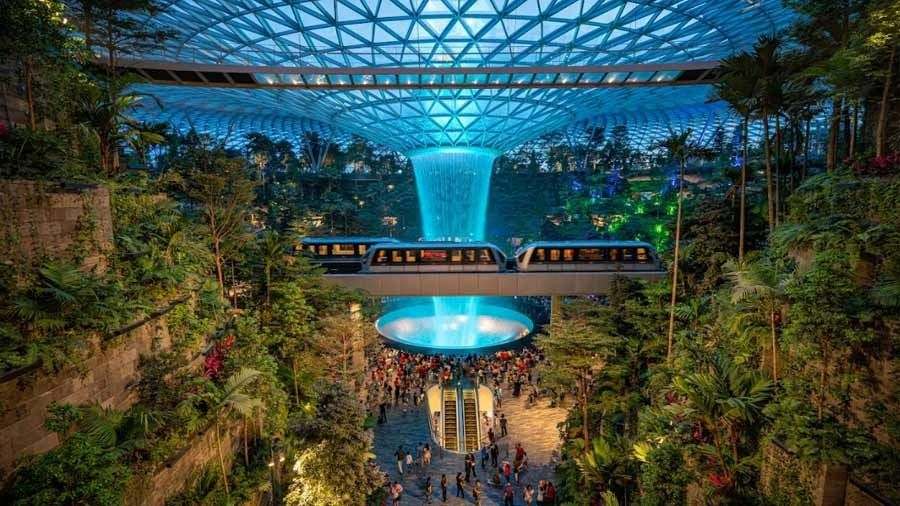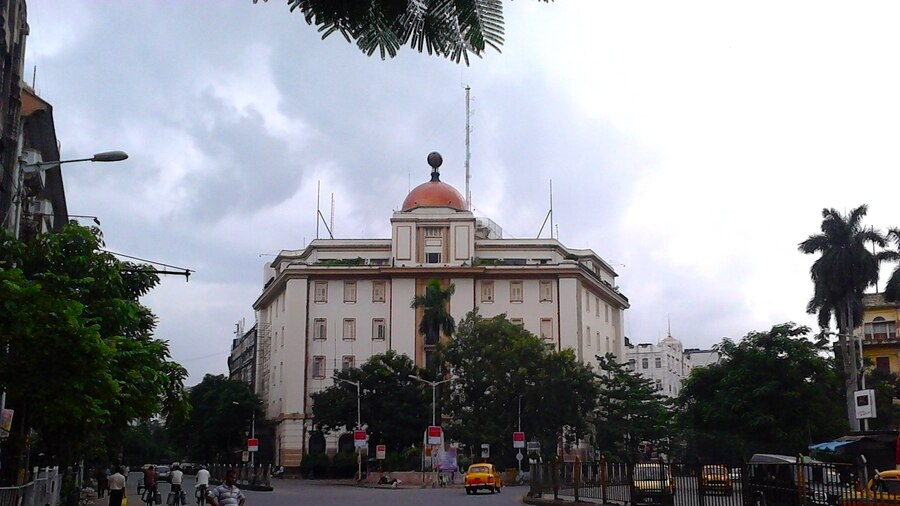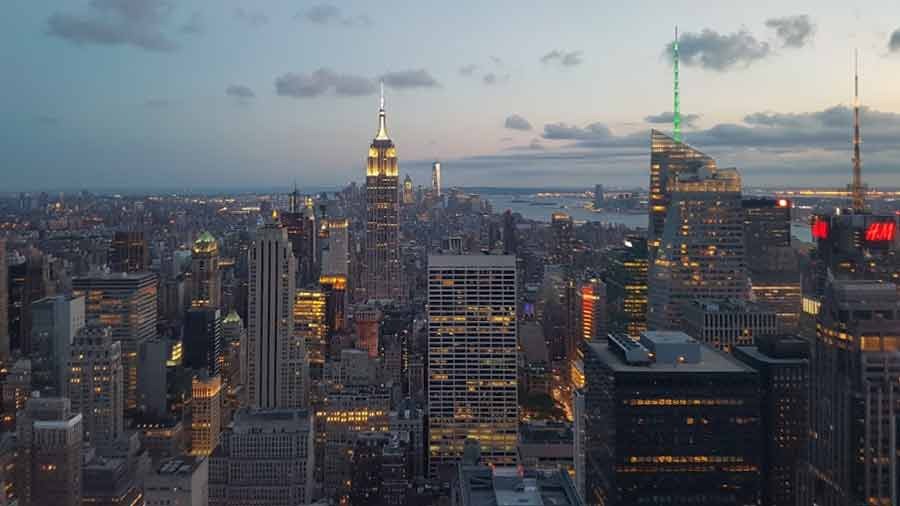If there’s one airport in the world where I never fret if my departure flight is delayed, it would be Singapore’s Changi airport. When I first visited what is now my favourite airport almost two decades ago, it comprised of two terminals. Today, Changi combines four terminals and handles close to 70 million passengers each year. I’ve done multiple visits and transit stops here, including stopovers that have extended almost 12 hours, but I’ve never run out of things to do. From dining to shopping to art installations and immersive experiences, there’s something for every age group. And it’s easy to move with the internal sky train network.
Gardens of Changi
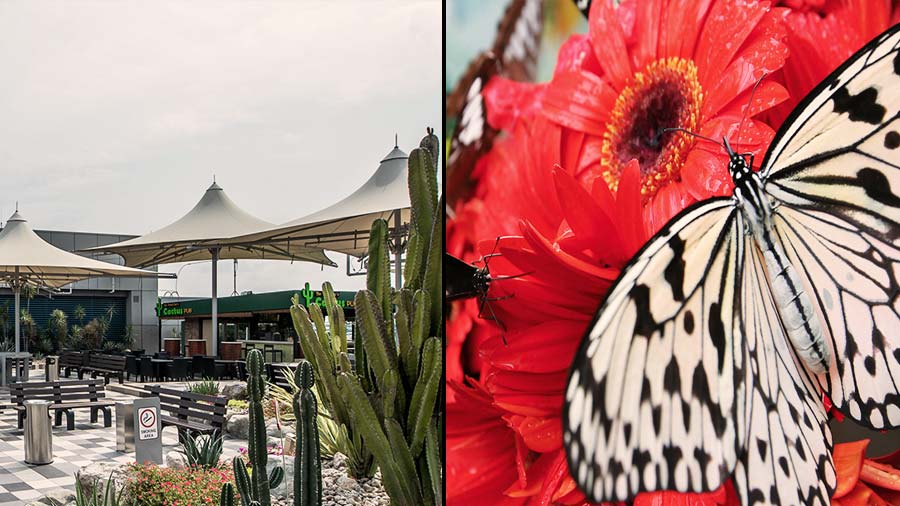
The Cactus Garden and the Butterfly Garden
Singapore is one of the greenest big cities in the world. Changi’s myriad gardens reflect Singapore’s reputation as a tropical paradise. The Butterfly Garden T3 (Terminal 3) is the first of its kind in an airport. It combines lush greenery with a six-metre grotto waterfall and multiple flowering plants that provide the perfect habitat for over 1,000 tropical butterflies from about 40 species. Educational corners and individual enclosures let you witness the breeding and feeding of butterflies at close range. I’d also recommend a quick fuelling stop at the bar at the Cactus Garden (T1). This garden is home to more than 100 species of cacti and arid plants from the deserts and dry areas of Asia, Africa and the Americas.
Cascade at Jewel
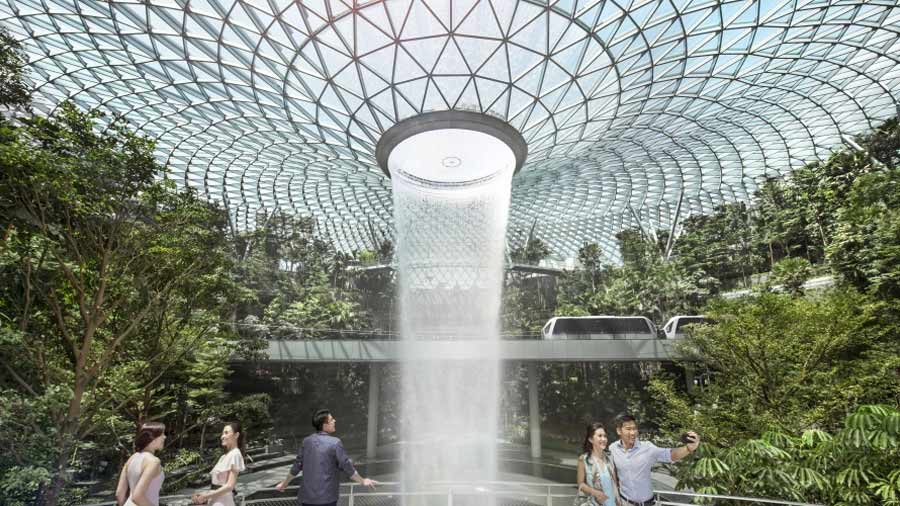
The Rain Vortex cascades down seven storeys
Located next to Terminal 1 is Jewel, a retail and dining destination with gardens and home to the world’s tallest indoor waterfall. The Rain Vortex is the heart of Jewel, it cascades down seven storeys (40 metres) and looks stunning by day and even more dramatic at night when the lights take over. You get the best views from the Canopy Bridge (SGD 8 / Rs 450) that is suspended 23 metres above ground.
Thrills at Changi
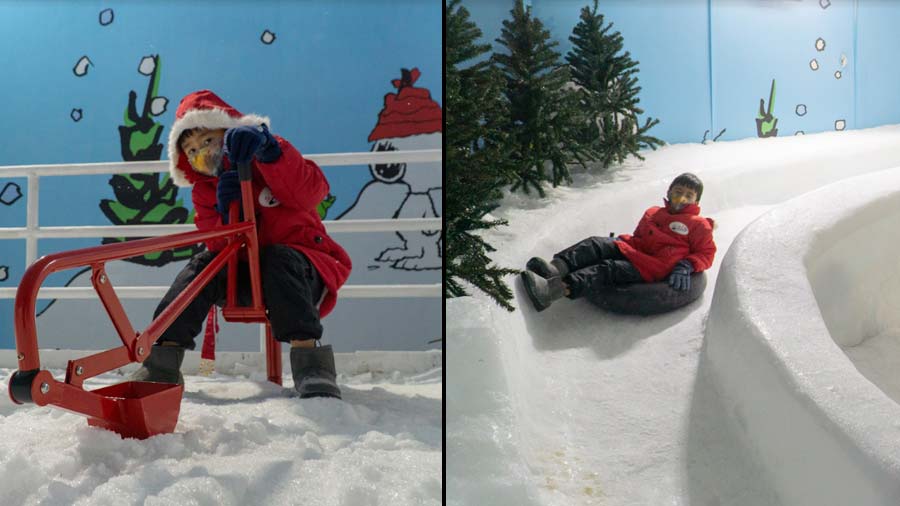
The PEANUTS Snow Hangout
There are trampolines and then there’s the Bouncing Net (SGD 22 / Rs 1,250). If you want to experience that ‘I believe I can fly’ moment, all you have to do is head to the Canopy Park and take a leap. You will experience the thrill of being almost weightless as you hit the highest point – eight metres above the ground. The other exhilarating ride is The Slide at T3. At 12 metres (about four-storeys high), it is the world’s tallest slide in an airport and has enough room for kids and adults to slide through the tubular slide. With real snow and sub-zero temperatures, the PEANUTS Snow Hangout (SGD 8 / Rs 1,010) transports kids to a winter destination with snowslides and a snow digger site with excavators.
Myriad dining options
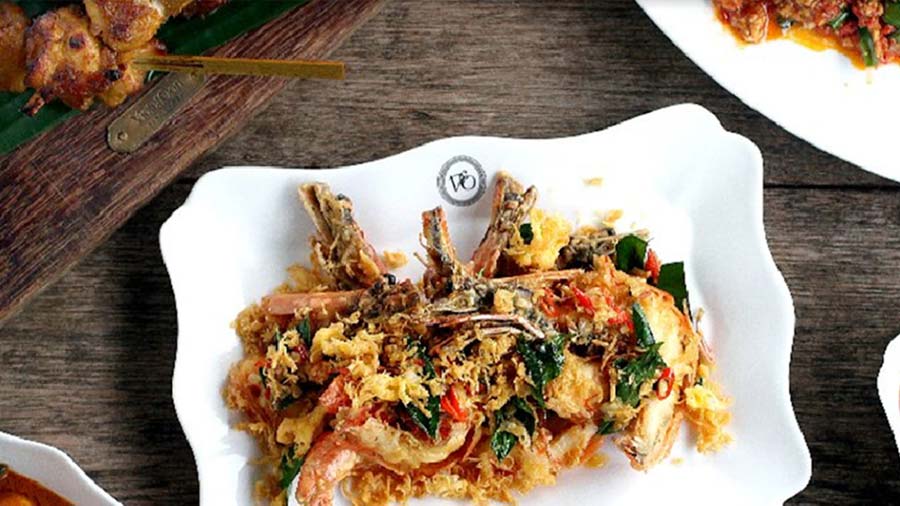
Violet Oon showcases Nyonya, Chinese, Indian and Malay cuisines
Singapore is one of Asia’s genuine culinary capitals and reflects its diverse ethnic heritage. You will see these flavours play out at Violet Oon (at the Jewel) that showcases Nyonya, Chinese, Indian and Malay cuisines with authentic flavours and zero compromises on ingredients. Try a typical Singapore breakfast of butter kaya toast and dark coffee at outlets like Fun Toast. I’d also recommend stopping at Shake Shack for the quintessential New York burger and shake
Art Attack
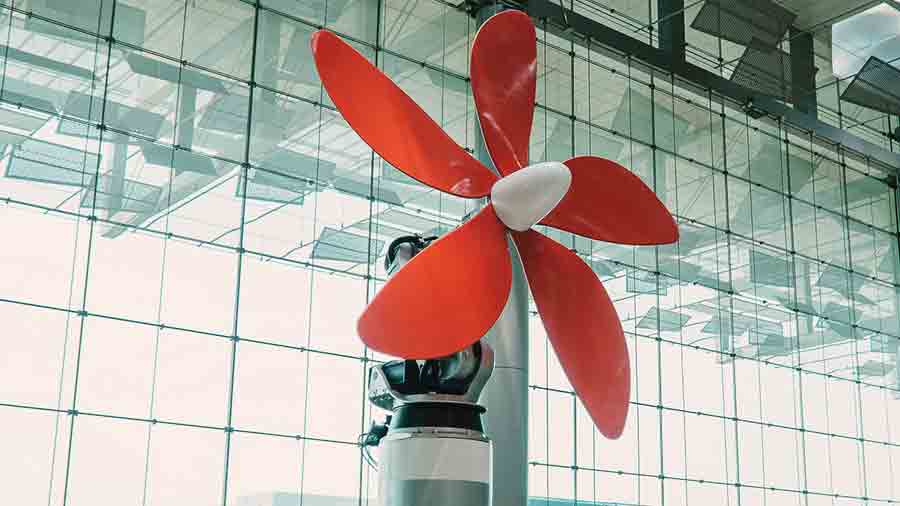
'Daisy', by Christian Moeller, is powered by built-in sensors and the propeller moves in response to the movements of travellers in its immediate environment
From Doha to Los Angeles, showstopper art installations are now an integral element in some of the best airports across the world. My favourite installations at Changi pay tribute to travellers who make this airport a vibrant spot. There’s Daisy (T3) by Christian Moeller, an internally renowned sculpture and installation artist. This 13-metre-tall, flower-shaped propeller is powered by built-in sensors. The propeller moves in response to the movements of travellers in its immediate environment. Birds in Flight by Baet Yeok Kuan (a Singaporean Asian Modern & Contemporary artist), serves as a metaphor for the modern traveller. It is inspired by the flight trajectory of the Arctic tern — a seabird that travels vast distances from its breeding grounds across the globe during its annual migration.
